 by "Urambo Tauro" (urambotauro)
by "Urambo Tauro" (urambotauro)
Published 12/04/2017 at 12:00
 by "Urambo Tauro" (urambotauro)
by "Urambo Tauro" (urambotauro)
Published 12/04/2017 at 12:00
Tags: mustang
; wrenching
STARS: 2
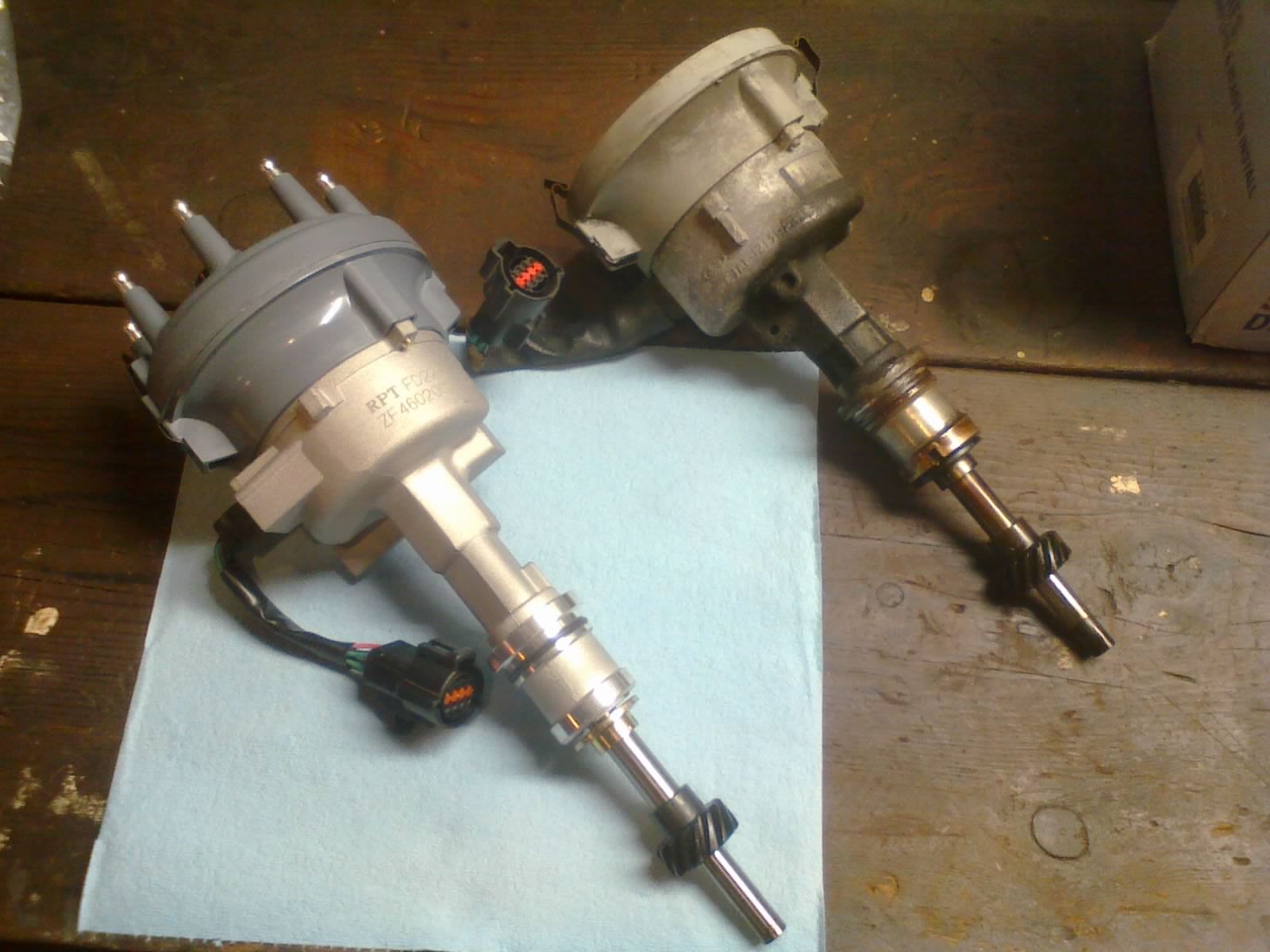
Welp, at least they weren’t all on the same car.
Not much to report on the Saab this week. Thanks to a busy weekend, and some hemming and hawing over whether to access the crank pulley from above or from below, all that got done on it was the removal of the accessory belts and some parts hunting. But I did manage to get my Mustang back on the road, though.
So just like my brother’s Saab , my Mustang had a crank/no-start failure. In my case though, it was a “soft” failure, intermittently allowing the car to start and run like normal.
!!! UNKNOWN CONTENT TYPE !!!
I was missing the final volume of the Ford service manual set to help diagnose it, but that was sort of a blessing in disguise, because that manual supposedly would have pointed me in the wrong direction anyway. Forum posts confirmed that the distributor’s stator/PIP/pickup coil was a common failure point, but I couldn’t shake the sense that I’d just be throwing parts at the problem. That is, not until I found more detailed testing procedures through Wells.
According to a two-part series published in Wells CounterPoint , the service manual gives incorrect voltage specs for testing the PIP. I managed to find what appears to be a picture of the page in question, which says to look for 3-6 volts coming out of the distributor. It even suggests that you don’t need to check voltage, and that the flashing of a LED test lamp would be sufficient:
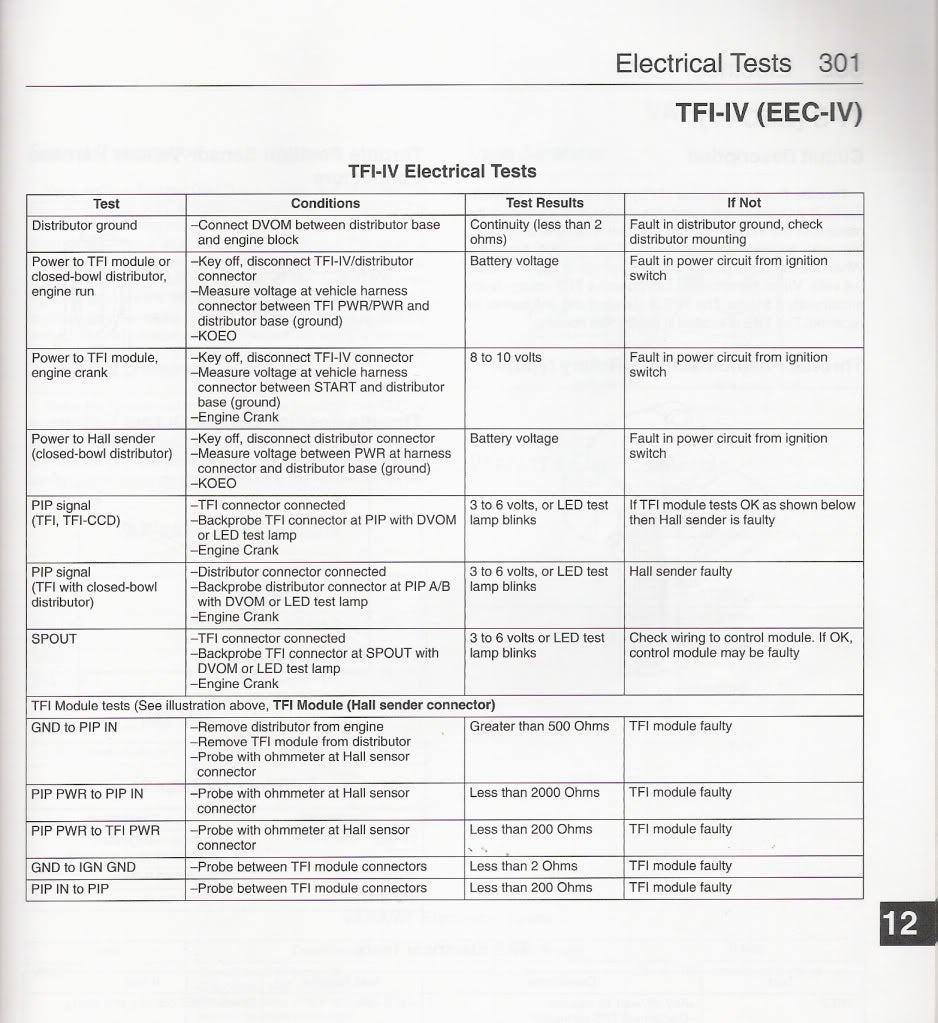
Wells insisted that this information was incorrect. Here’s how they reached that conclusion:
The spec you won’t find in any service manual is the threshold voltage the ICM and PCM must see before each will recognize the PIP signal. We used a signal generator to simulate the PIP signal, then adjusted the output voltage to find out how much was required before the ICM and PCM would recognize the signal. It turns out it’s two different values. The PCM needed to see a PIP square wave with a peak amplitude of 6.5 volts or more, while the ICM only needed 5.75 volts to recognize the signal.
So while the 3-6V spec does verify that the PIP “functions”, that doesn’t actually give it a clean bill of health. Mine was producing about 6.0V (or at least that’s what it was producing at the time that I hooked up my meter). If I hadn’t found the Wells article, I would certainly have believed that it was still good, despite the suspicions of fellow Mustang owners on the forums. After all, who would think to argue with the Ford service manual? Not I.
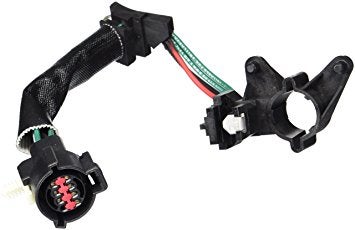
Replacement PIPs are readily available, but you need a shop press to change it out. And it wouldn’t be a full rebuild anyway if I just left the old bushings in there. The information available for finding the right bushings is severely limited, so I decided to simply pursue replacing the entire distributor instead.
Alas, Ford no longer offers them. And I really wanted an OEM one, too, after the bad experience I had last year with a “WAI Global” (Dorman) one on the ol’ ’Murlequin that prompted me to replace that brand-new unit with a Delphi one. But in this case, I was stuck with either taking a chance on a used Ford one of unknown mileage, or going aftermarket.
I didn’t want to go with used, so I grudgingly looked at aftermarket options, researching forums and vendor reviews to try to find a reputable brand. They all had a mixed bag of both good and bad reviews. MSD, Mallory, Cardone, Dorman... they all seem to be hit-or-miss, quality-wise. Sometimes it’s the PIP, sometimes an issue with the gear...
Some of them were priced way up in the neighborhood of what I’d expect from an OEM unit, but they also had fancy-schmancy billet housings. It’s hard to say whether the higher price indicates component quality, or if it’s just going towards underhood bling. Again, these parts had about the same reputation as the rest.
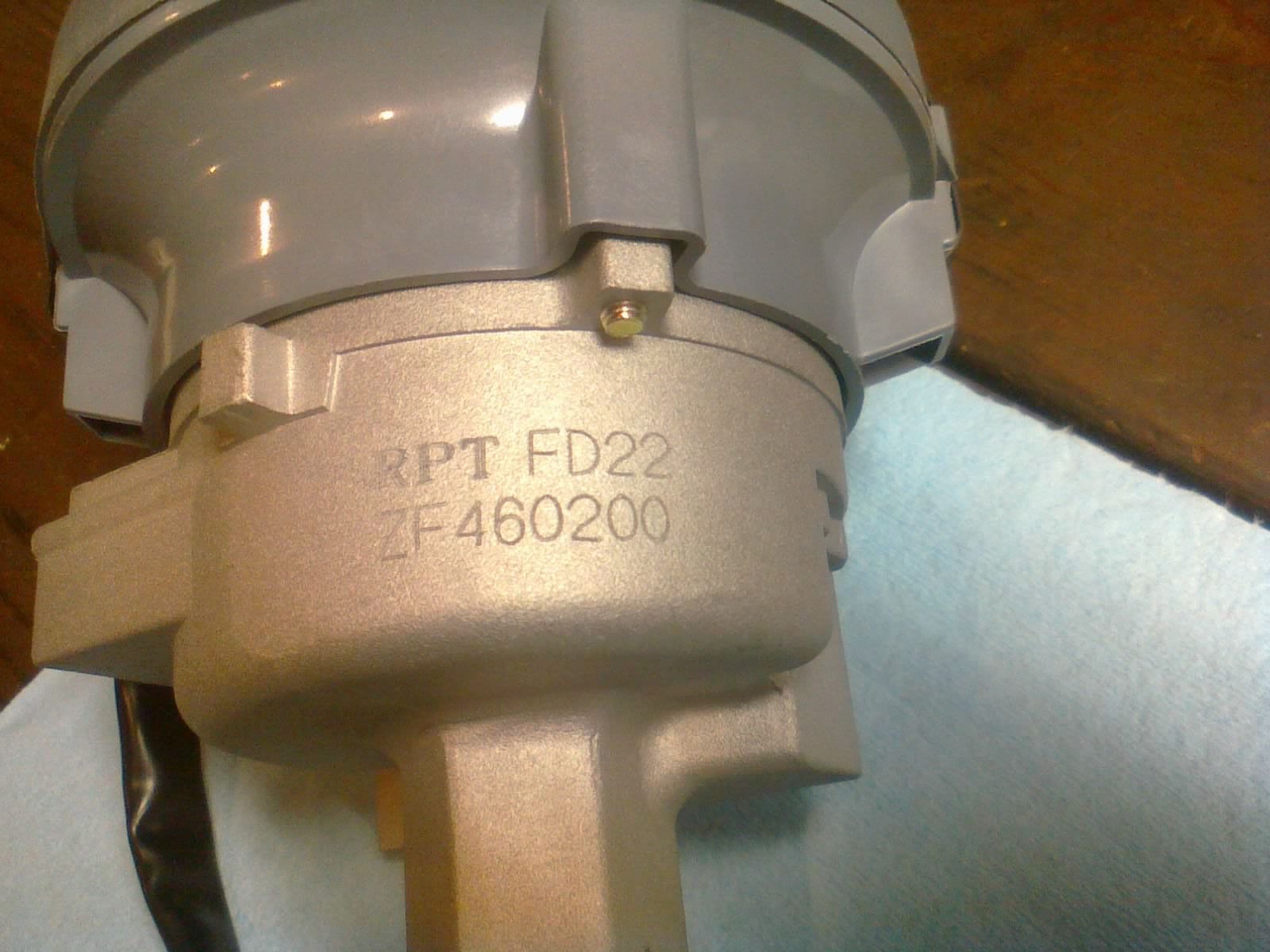
So I finally settled for one by Richporter Technology, who was apparently bought by (and/or dissolved into) Spectra Premium a few years ago. I installed it, and it fits. I set the timing, and it works. It even generates a healthy 7.4-7.6 volts for the ICM and PCM. Not quite as impressive as the 9V that Wells got out of their new PIP, but it’ll do for now. I am crossing my fingers in hopes that I made a good choice here.
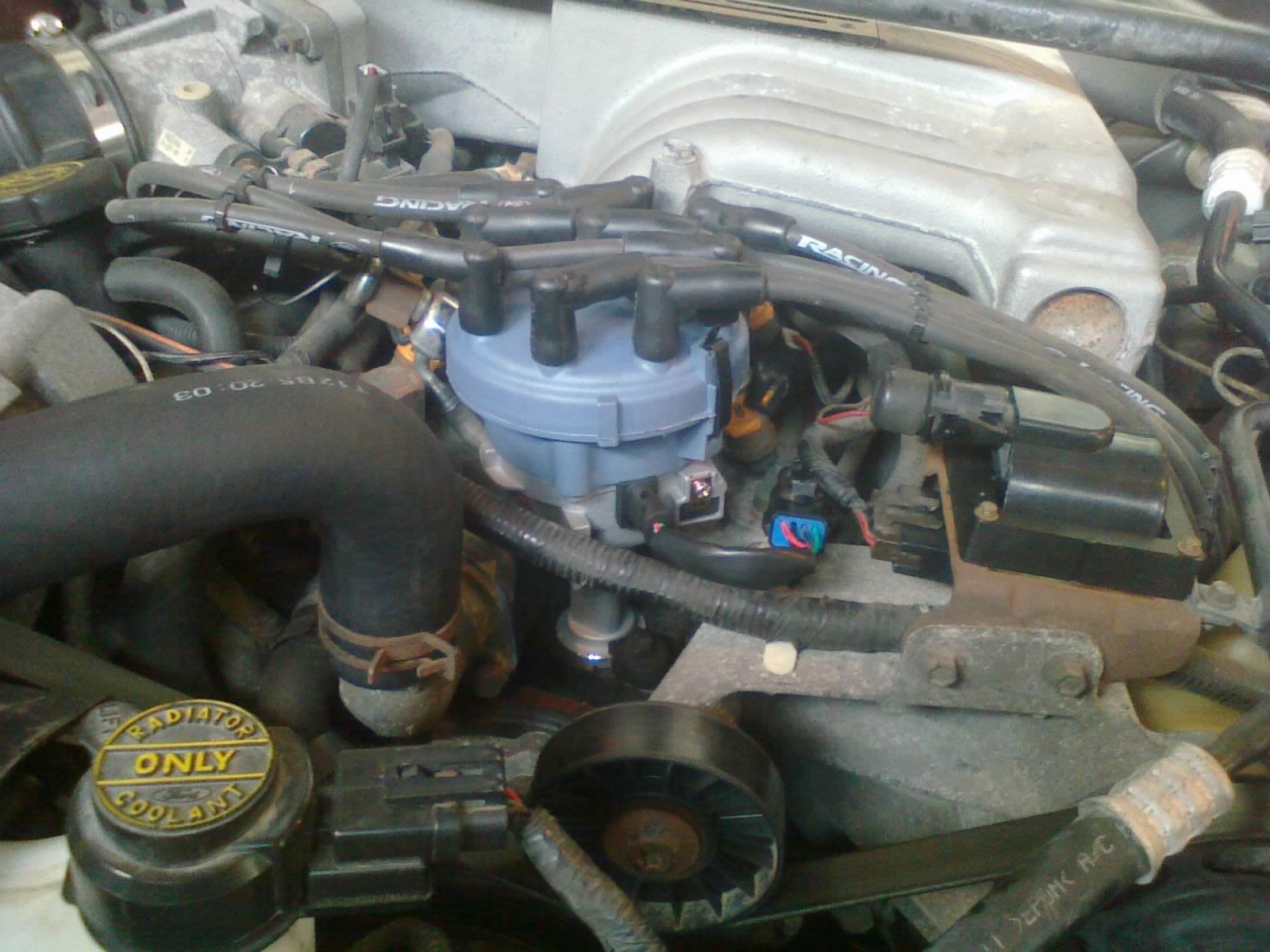
Meanwhile, because this is an all-new dizzy, I didn’t have to turn my old core in. So some day I’d like to get my hands on a shop press, and rebuild it. But that’s going to have to wait until I can figure out where to get bushings from. Now that I have the old distributor out of the car, I can feel some resistance when rotating the shaft, and it even squeaks, too. At the very least, since the PIP’s failure was intermittent, this old dizzy can still serve as an emergency temporary backup.
 "jimz" (jimz)
"jimz" (jimz)
12/04/2017 at 12:19, STARS: 1
I swear those TFI modules were molded like this:
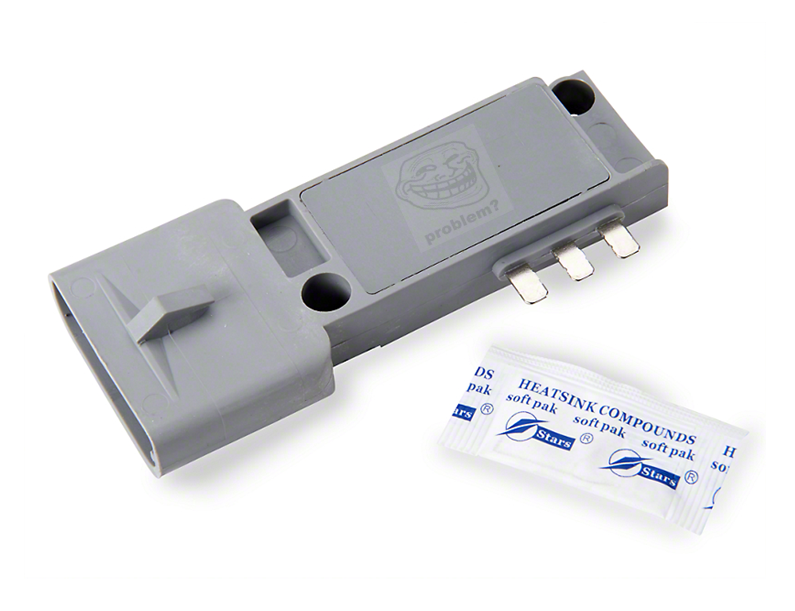
 "Urambo Tauro" (urambotauro)
"Urambo Tauro" (urambotauro)
12/04/2017 at 12:25, STARS: 0
Heh heh. Y’know, it’s interesting that by the time they started building these later distributors, they had decided to stop mounting the TFI modules on them. Heat issues, I take it?